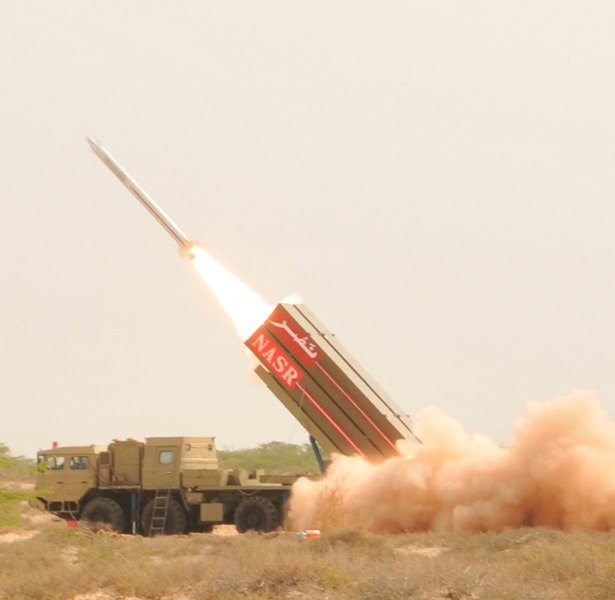FACTS (according to GlobalSecurity and Missilethreat):
Shaheen-1 is 2.9 m longer and carries 200 kg heavier payload to 150 km more distance than the M-9 (DF-15). Furthermore,Shaheen-I has a launch weight of 9500 kg as compared to 6200 kg of M-9 (DF-15).
The M-18 is a two stage missile and has a range of 1000 km with a max payload of 500 kg.
So strictly speaking,Shaheen-2 carries twice the payload to 2.5 times longer range.
@ All Indians, with due respect, get your facts right. Please consult other sources too other than the usual BS fed by the so-called "authentic" sources before alleging Pakistan of importing and painting.
Source: http://www.defence.pk/forums/pakist...-missiles-indigenous-content-development.html
@ Topic
The Pakistani SLV is in early stages of development. Since NDC has the expertise of designing the launch motors of missiles like Shaheen-II and Shaheen-III, most probably the whole SLV project will be undertaken by NDC. SUPARCO will work on the satellite/payload.
However, we might see a massive upgrade to Shaheen-II and/or the new
Shaheen-III this year.












